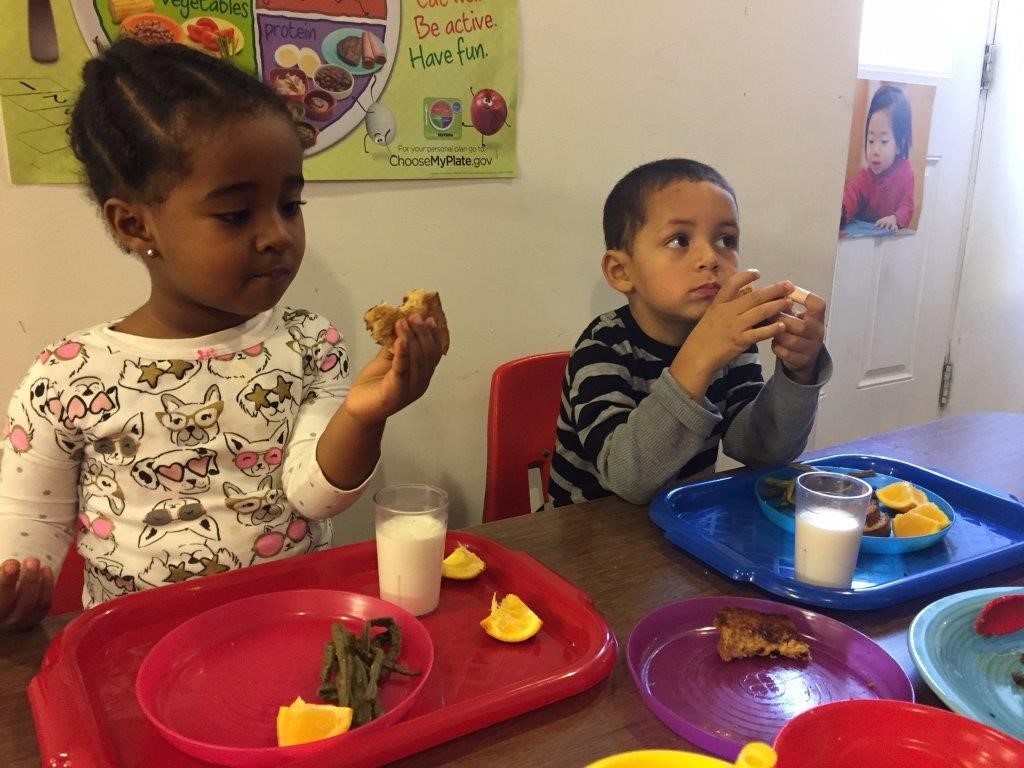
Eat More Heathy Whole Grain Foods
Have you ever tried eating whole grains or tried serving them in your child care? Whole grains have many health benefits, and they are now a part of the USDA meal pattern. Read these
5 tips on easy ways to add more nutritious whole grains to your daily menu.
1. Why include whole grains in your diet each day?
- They are rich in protein, dietary fiber, antioxidants, minerals and vitamins.
- Whole-grain foods help keep your heart healthy and are good for digestion and a healthy weight.
- The new USDA meal pattern requires that children eat at least one serving of whole-grain foods daily. This applies to children 1 year old and older and is based on the Dietary Guidelines for Americans. Learn more.
2. Some foods that seem to be whole grains may not be, so it is important to know what to look for:
Choose foods that are naturally whole grains. Some foods are always whole grains – these include:
- Oatmeal
- Brown rice
- Buckwheat
- Quinoa
- Wild rice
- Graham flour.
3. Check the information on the package.
Buy bread, cereal, tortillas and pasta that are labeled with “100% Whole Grains” or “100% Whole Wheat” right on the package.
4. Check the ingredient list.
Look for the word “whole” before the first grain ingredient; or if water is the first ingredient, the second grain ingredient should begin with the word “whole.” Some examples include whole wheat, whole-grain barley and whole-grain corn.
5. Colors can be misleading.
Foods like bread, pasta, rice and tortillas that are dark in color may not be 100% whole-grain foods. And, some lighter color grains foods may be 100% whole-grain foods, such as “100% White Whole Wheat” bread.
To make sure a food is a whole-grain food, check the ingredients using the tips above.
Try this delicious pancake recipe recommended by our nutritionists. It is a great way to add whole grains to the menu at your child care program.


